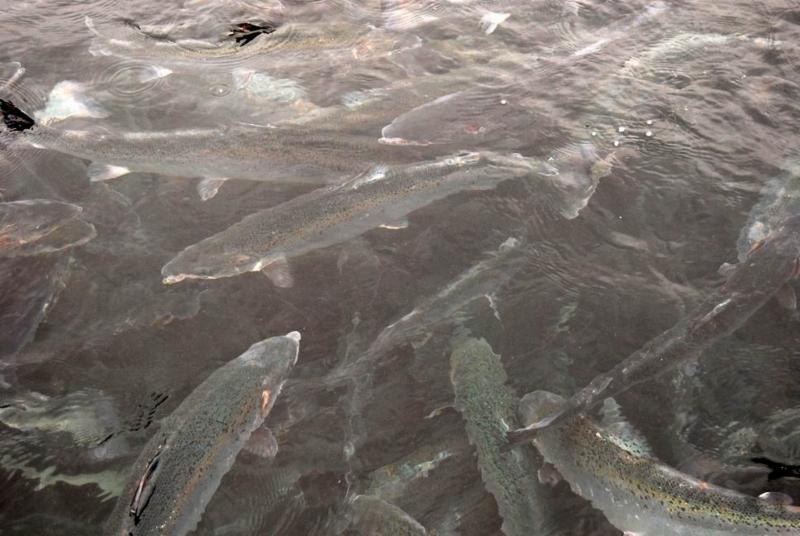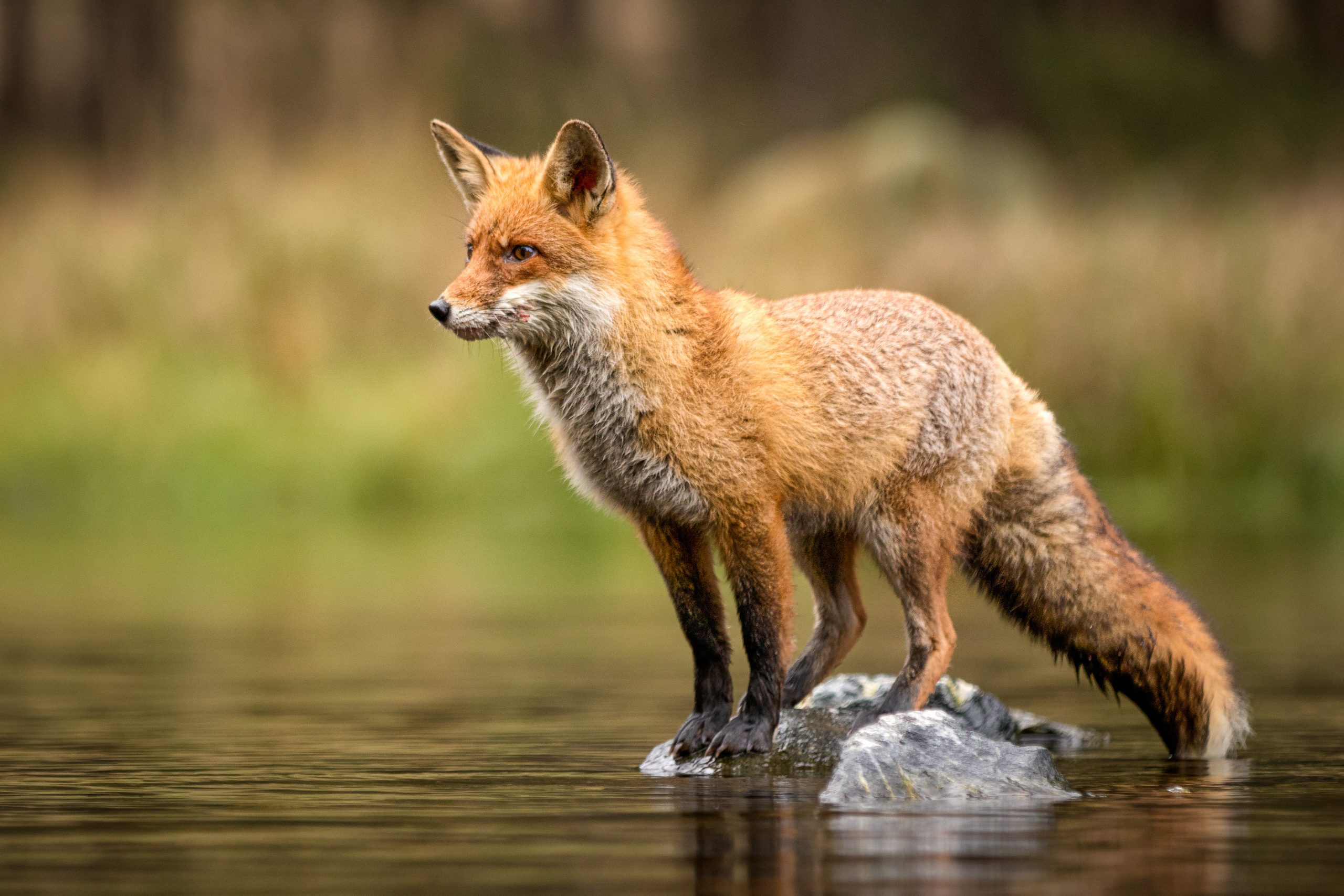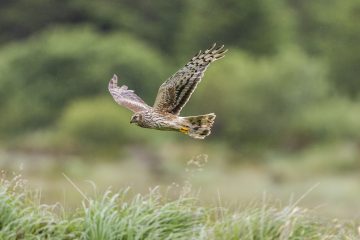Extinction risk for Curlew within the next decade

September 30th, 2019
The iconic Curlew faces extinction within the next decade without sustained efforts to protect the species and bump up low breeding numbers.
This is the stark warning in a new report from the National Parks and Wildlife Service-run Curlew Conservation Programme.
The report outlines the findings from the three-year pilot phase of the programme that examined seven Curlew breeding areas, most of which are in the boggy areas in the northwest of Ireland in counties such as Galway, Roscommon, Leitrim, Monaghan and Donegal.
The Curlew is one of our most threatened species and is on an international red-list as the population has seen a steep decline over just a few decades. The primary threats to the species include the loss and fragmentation of suitable habitat, namely peatlands and wet grassland.
According to the report, 41 confirmed breeding pairs of the elusive species were spotted during surveys at the sites in 2019. This is down from 46 pairs in 2017.
This decline, the report states, is a “serious cause of concern” and is in-keeping with projections for population extinction in the absence of concrete conservation action to protect Ireland’s largest wader.
A national survey carried out by BirdWatch Ireland on behalf of the NPWS between 2015 and 2017 noted a steep drop in the breeding population to less than 150 pairs compared to somewhere between 3,300 and 5,500 pairs in the late 1980s.
According to the report, a poor spring and drought conditions last summer likely had an impact on breeding numbers. Fires in the Stack’s Mountains in Co Kerry this year were “particularly devastating”, the report adds, causing large scale loss of habitat “the effects of which will last for years to come”.
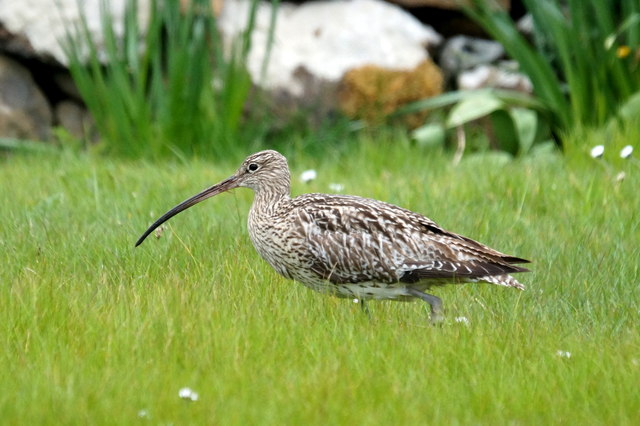
Glimmer of hope
The report indicates that we may be seeing the “first green shoots” of conservation work in recent years as breeding productivity has increased over the past three years with at least 25 pairs reaching hatching stage this year.
Nineteen of these pairs produced at least 33 fledglings, meaning that the rate of breeding productivity was twice the threshold required for a stable Irish population.
According to the report, the construction of nest protection fences proved a great success in protecting eggs and chicks from predators such as Fox, Mink, Hooded Crow, and Magpie. Humane culling is also used to control predators close to Curlew nests.
“If sustained,” the report notes, this level of breeding productivity “would see the breeding population not alone stabilise, but expand”. Maintaining this level, however, will require wider policy changes, the report adds.
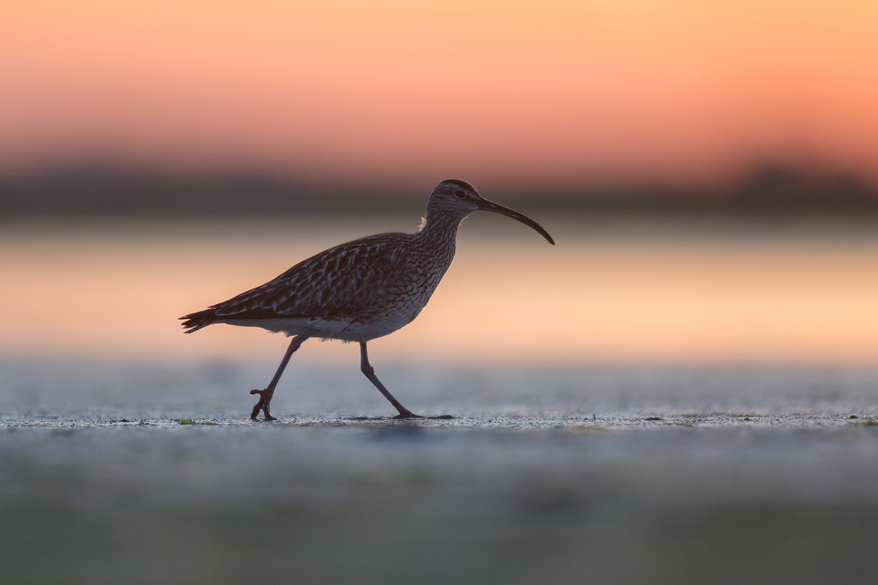
Taskforce recommendations
A Curlew Task Force involving state bodies, the farming community, environmental groups, university experts and turf cutters earlier this year outlined a suite of policy recommendations that it says are needed to protect the species going forward, including:
- An audit of land use in Curlew territories and annual surveys to monitor populations
- Payments to landowners for sympathetic management
- Protection of Curlew sites from developments such as peat extraction, inappropriate forestry planting, and agricultural intensification
- Development of a Species Action Plan aimed at rescuing the bird from the brink of extinction
Last week, the Minister for Heritage Josepha Madigan TD welcomed the recommendations, some of which she said are “well advanced”.
She said, however, that many recommendations “require further discussion and consideration”, adding that the new report is a “timely reminder” of the need to push forward with measures to conserve the species.
While welcoming Ms Madigan’s statement in support of the taskforce’s recommendations, BirdWatch Ireland warned that the species will remain at risk without significant spending on protection measures.
Without a substantial funding hike, BirdWatch’s Dr Anita Donaghy said that Ireland may become the first European country to “lose the Curlew to extinction”. She warned that other ground-nesting birds such as the Lapwing “are on a similar trajectory”.
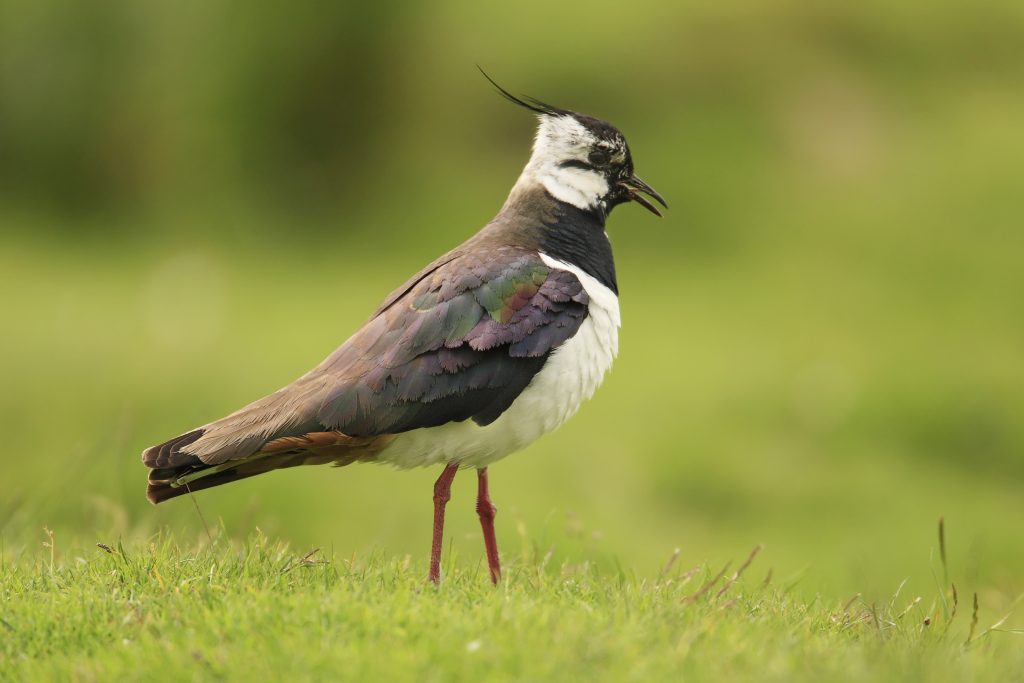
Birds under threat in Ireland
In less than 20 years, Ireland has lost around 40 per cent of waterbirds – close to half a million birds – that migrate to Ireland. This includes a decline in over half of the 15 wader species that winter here, such as Lapwing that is down 67 per cent.
The well-known Mallard Duck has also declined by over 40 per cent in the last 20 years, with the Tufted Duck, Goldeneye, and Pochard all down between 30 and 80 per cent.
Farmland birds are not faring any better, with the Birdwatch-led Countryside Bird Survey revealing that about a quarter of familiar farmland birds such as Swift, Greenfinch, Stonechat, and Kestrel are “exhibiting serious declines”.
The Corncrake, another farmland species, is also under severe pressure. The Corncrake Project Annual Report 2018 indicates that just 151 calling males were identified during the 2018 breeding season. Although an increase of eight per cent from 2017, the population has declined from 230 recorded in 2014.
Seabirds such as the globally threatened Puffin and Kittiwake are also experiencing declining populations in Ireland, with climate change outlined as a key threat as rising ocean temperatures impact on fish populations.
Rising sea levels and increasing summer storms also have an impact, alongside plastic pollution from discarded waste that birds eat and from fishing equipment that they get entangled in.
[x_author title=”About the Author”]


